Storage
- Editor's letterThese 5 IT buzzwords for 2021 reflect data storage priorities
- Cover storyThe best enterprise storage systems and products of 2020
- InfographicEfficient data storage tips to achieve a green data center
- FeatureEnterprise technology trends for 2021 shaped by COVID-19
- ColumnPay-per-use pricing model can boost digital initiatives
- ColumnCost-effective snapshot management tips and strategies

These 5 IT buzzwords for 2021 reflect data storage priorities
As a mature IT discipline, the pace of change in storage has slowed, but there is still plenty of buzz about underlying technologies you'll need to know about in 2021.
Like with other IT areas, data storage changes are more evolutionary than revolutionary.
Of course, the pace of evolution changes from year to year. But to get a reliable forecast on what is coming, it's useful to look at what just happened. In 2020, for example, the pace of change increased drastically due to a pandemic that changed the way most of the world conducts business.
The data center didn't hold nearly as much influence over information after offices closed and people began working from home. IT teams scrambled to ensure data remained stored reliably and securely while it spread almost as fast as the novel coronavirus that caused the change.
What does all this tell us for 2021?
Well, for starters, we must prepare better for what lies ahead so we won't be blindsided by another pandemic or some other kind of major disruption and its subsequent economic fallout. We can use 2020 as a cheat sheet for what is coming, and we can expect the IT world to look a lot more like it did in mid-2020 than at the start of the year.
Data was moving outside the data center to the edge -- mainly public clouds -- before the pandemic. The crisis only accelerated that trend.
The idea of managing your storage as if it were in the cloud took hold and is here to stay. That's why the major storage vendors are going all-in on offering their products as services. The idea is to make on-premises storage act just like cloud storage.
"Plan for a world where the data center is no longer the center of data. You will have to provide services anywhere," said Julia Palmer, a Gartner research vice president, during the Gartner IT Infrastructure, Operations and Cloud Strategies Conference in December.
Don't expect earth-shattering new storage technologies in 2021. The Gartner Magic Quadrant for primary storage arrays released in November 2020 listed eight leaders and no visionaries. That points to technology long on legacy and short on innovation. It doesn't mean there is nothing changing or new in the storage world, however. There is (you'll have to keep reading to find out what it is). But storage is a mature market dominated by large players who move slowly. It takes a lot to shake things up.
Last year taught us that even when everything changes suddenly, you don't have to start all over. There is plenty of storage technology that will stay relevant no matter what. Here are the IT buzzwords for 2021 to keep top of mind, and what you need to know about each one.
Hybrid cloud infrastructure
I think we can all agree there will be lots of talk about HCI in 2021. But will it be the same HCI we've come to know well over the past few years?
"Around two years ago, we came out explicitly and said HCI stands for 'hybrid-cloud infrastructure,'" said Brad Anderson, general manager of storage vendor NetApp's cloud infrastructure unit. "People thought that was a clever play on words on 'hyper-converged infrastructure,' but that was our strategy at NetApp. Now what we're hearing [from HCI vendors] is 'We're doing hybrid cloud infrastructure.' People increasingly want a cloudlike experience."
Anderson is correct that others have copied the "HCI is hybrid-cloud infrastructure" claim, including hyper-converged pioneer Nutanix. So maybe you're looking at aggregated hyper-converged infrastructure from VMware vSAN, Nutanix, Dell EMC VxRail, Cloudian HyperStore or HPE SimpliVity. Or you're exploring disaggregated HCI -- such as NetApp HCI, HPE Nimble dHCI -- or composable infrastructure. Either way, chances are you will explore the hybrid cloud soon if you're not already doing so.
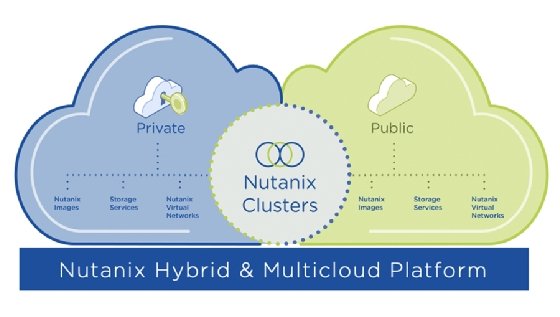
Getting to a hybrid cloud infrastructure in the most efficient and cost-effective way will likely drive many 2021 storage and data center decisions. It's all part of the "make data center storage like cloud storage" strategy.
QLC flash
NVMe is still the hottest flash technology around, and certainly the fastest. But after hitting the mainstream last year, NVMe has lost its buzziness. Quad-level cell (QLC) is the hot topic now, mainly because it's a different type of flash.
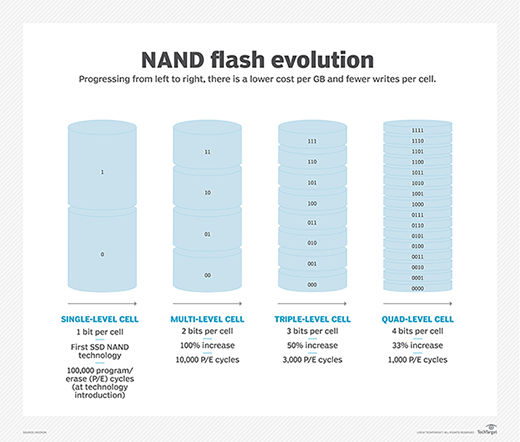
Until now, SSDs had pushed the fastest HDDs out of the market. You may have to go to a museum to find a 15,000 rpm HDD. QLC is different. It's the first SSD flavor aimed at replacing slower-spinning, lower-cost capacity hard drives.
HDDs won't disappear, but QLC is a viable option for colder data when coupled with NVMe in all-flash systems. Pure Storage and Vast Data already have such systems, and it's likely that others will follow.
The edge
We are in the age of the edge in IT. The pandemic only accelerated that trend, and that is one 2020 development that will remain with us.
Data storage knows no boundaries. What used to reside on a centralized SAN is now just as likely to reside on all of your remote workers' laptops in their homes. Gartner predicted that, by 2022, 70% of data will be created and processed outside the data center. And much of that may never make it into the data center.
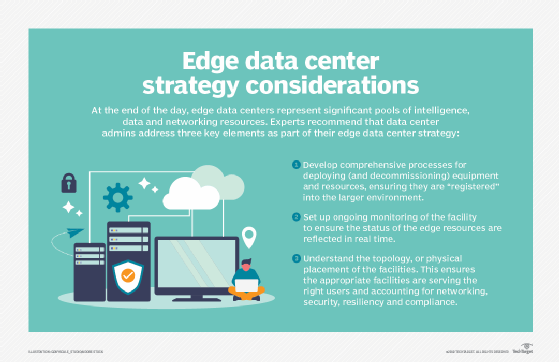
This creates security, protection and management issues at a scale we haven't seen before for remote data. It deserves more of your attention this year, as work from home evolves from an emergency situation to a permanent condition in many companies.
DPUs
You may be asking: What the heck are DPUs? Chances are, you won't be using a data processing unit (DPU) to power your storage in 2021, but you will almost certainly hear the term.
Nvidia Corp. is the most vocal proponent of DPUs with its BlueField-2, and well-funded startup Fungible Inc. started shipping storage systems based on DPU technology in 2020. But Nvidia and Fungible DPUs aren't the same.
Nvidia's DPU is a function of the Smart network interface card (SmartNIC) technology it acquired from Mellanox Technologies, which offloads CPU compute processing. Nvidia competitors Xilinx -- in the process of being acquired by Advanced Micro Devices -- and Chelsio Communications have similar SmartNICs that may be christened DPUs as the term catches on.
Fungible's DPUs handle data packet movement and work with the startup's TrueFabric software to manage storage resources. Another startup, Nebulon, features storage processing units that may also fit the broader DPU term but move storage management into the Nebulon cloud.
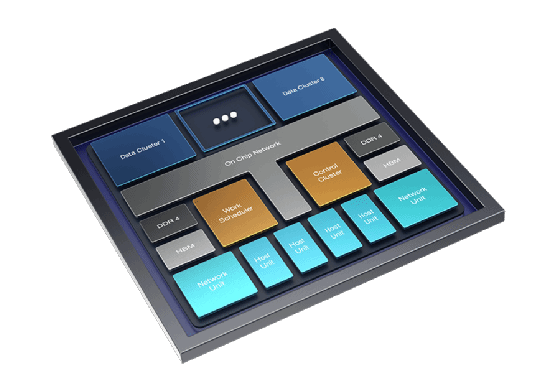
The most important thing to remember about DPUs is that all products marketed under that term are not the same and may not fit your needs.
Storage for Kubernetes
Containers have an average lifespan of a few minutes, and they often exist only for seconds. So why do we care about providing storage for these ephemeral services?
Well, it's all about the management. As containers grow in adoption and more applications are deployed on them, the need for Kubernetes to manage data in containers on premises and in the cloud increases. Kubernetes requires a consistent storage layer that is also persistent, however.
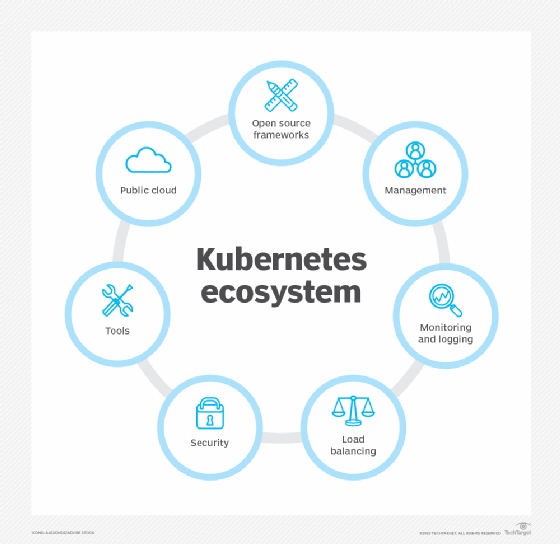
In 2020, primary storage vendor Pure Storage and backup software vendor Veeam acquired startups that manage Kubernetes storage. In both cases, the acquiring vendors had their own Kubernetes initiatives, but decided to accelerate development through acquisition.
We may see more of that in 2021, in a sign that this is becoming a real need.



























